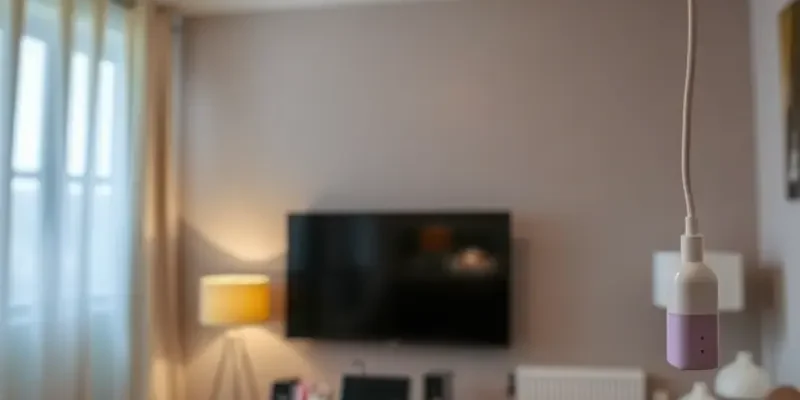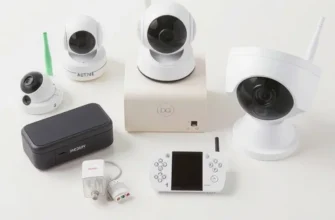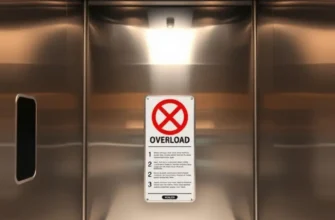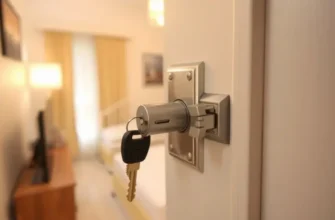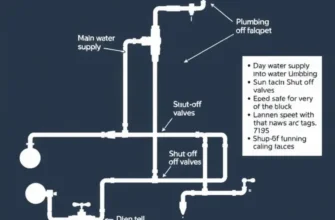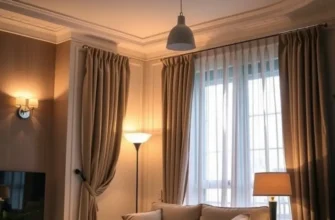Electrical safety is a fundamental aspect of living in an apartment that directly impacts your well-being and peace of mind. Whether you’ve just moved in or are a long-term tenant, checking electrical systems can help you mitigate risks of fires or electrocutions. Luckily, apartment living offers unique insights into maintaining safety standards that not only protect you but also allow you to enjoy your rented space without unnecessary worry. This guide aims to reassure renters about the steps they can take to ensure their apartments remain safe. We’ll cover the essentials from identifying potential hazards, maintaining appliances to understanding your responsibilities as a tenant, along with the necessary steps for addressing issues with your landlord. After all, you deserve a comfortable and secure living environment, where your focus can be on enjoying your home rather than worrying about electrical malfunctions.
Identifying Electrical Hazards in Your Apartment

Understanding potential electrical hazards is an essential step in ensuring your apartment’s safety. Begin by thoroughly inspecting your living space for common risks that may lurk. Start with visible issues such as frayed cords. These can become increasingly hazardous over time, as wear and tear expose the live wires beneath, posing both shock and fire hazards. Replace any frayed cords immediately, and ensure new cables are routed in a way that minimizes further wear.
Next, turn your attention to the outlets. Outdated or poorly installed outlets can be a source of serious risk. Look for signs of discoloration or burn marks around outlet covers, as these may indicate overheating. Ensure that outlets are not loose or wobbly—this can result in poor contact with the plug and increased potential for sparks. Consider using outlet covers in unused sockets, especially if children are present.
Exposed wiring is another prevalent hazard. Check all accessible areas for any wires that may be unprotected or inadequately insulated. Exposed wires can lead to damage, electrical shorts, and fires. In rooms such as kitchens and living rooms, where multiple appliances and devices tend to operate simultaneously, the risk is even higher. Ensure cords are not pinched between furniture or doors, as this can further increase their vulnerability.
Pay particular attention to areas with high electrical usage. The kitchen is a notorious hotspot for electrical hazards, with a concentration of high-power appliances like stoves, microwaves, and refrigerators. Ensure that appliances are properly grounded and that extension cords are not overused, which can overwhelm the electrical circuit. In living rooms, entertainment systems often involve multiple devices plugged in together. Consider using a surge protector to manage your electronic equipment, which adds a layer of safety by controlling the power load.
Additionally, be vigilant about any strange odors or sounds. Burning smells or buzzing sounds can indicate a looming electrical failure. If you notice any signs of burning or a persistent hum, engage a professional electrician to inspect your wiring system.
For a broader scope on keeping your living environment safe, explore essential move-in procedures to further protect your home and health here.
By regularly checking for these common electrical hazards and maintaining a proactive approach, you can greatly reduce the risk of accidents in your apartment. Focus on awareness and quick response to potential issues to prioritize safety in a deceptively complex electrical landscape.
Maintenance Tips for a Safer Living Space

After identifying potential electrical hazards in your apartment, it’s crucial to engage in proactive maintenance. Regular checks and updates can significantly reduce risks and ensure safety in your living space.
First and foremost, smoke detectors are your first line of defense against fire-related incidents. Make it a habit to test them at least once a month. Replace the batteries annually, or as soon as you hear that telltale chirp indicating low power. A fully functional smoke detector can give you those precious extra seconds in an emergency.
Next, focus on your Ground Fault Circuit Interrupters (GFCI) outlets, usually located in areas with water sources such as kitchens and bathrooms. The GFCI helps prevent electrical shock by interrupting the circuit when there’s a current imbalance. Test these outlets monthly by pressing the ‘reset’ and ‘test’ buttons. This simple action ensures they are ready to protect you in case of power leakage.
Your circuit breaker box is another critical component of a safe electrical system. Familiarize yourself with its location and layout. Label each circuit’s purpose if it’s not already done. Routinely check for any signs of wear, burning smells, or unusual heat, as these could indicate underlying problems. If you frequently experience tripped breakers, this might signal an overloaded circuit or an underlying electrical issue that requires professional attention.
Appliance use and maintenance also play a role in electrical safety. Always operate appliances according to the manufacturer’s instructions. This includes setting the right parameters and avoiding non-recommended uses. Misusing appliances can not only damage them but also pose significant electrical hazards.
Extension cords and power strips are commonplace in apartments but must be used sparingly. Avoid connecting multiple extension cords or creating daisy chains of power strips, as these practices can lead to overheating and potential fire hazards. If you find you need more outlets, it might be wise to consult with your landlord or an electrician about installing additional outlets.
Should you face more serious electrical issues, such as flickering lights, buzzing sounds, or frequently tripped breakers, it’s essential to take immediate action. Delay can exacerbate the situation, leading to more significant risks. Always notify your landlord at the earliest opportunity, and if necessary, enlist the expertise of a qualified electrician for diagnosis and repairs.
Finally, for holistic safety and maintenance, consider integrating these routines with a broader apartment wellness checklist to keep your entire living space safe and secure. Routines like these not only enhance safety but also contribute to a stress-free living environment.
For additional home care safety tips, explore our guide on safe apartment laundry habits, which covers practical and preventive measures for your everyday routines.
Final words
Your apartment should be a safe haven, and understanding electrical safety is a critical component of that. By regularly inspecting your apartment, following maintenance tips, and knowing when to reach out for professional help, you can significantly reduce the risk of electrical hazards. Remember, safety is a shared responsibility, and ensuring your living environment is secure can enhance your peace of mind while renting. Always prioritize your safety, and don’t hesitate to take action if something feels off. Better safe than sorry!

